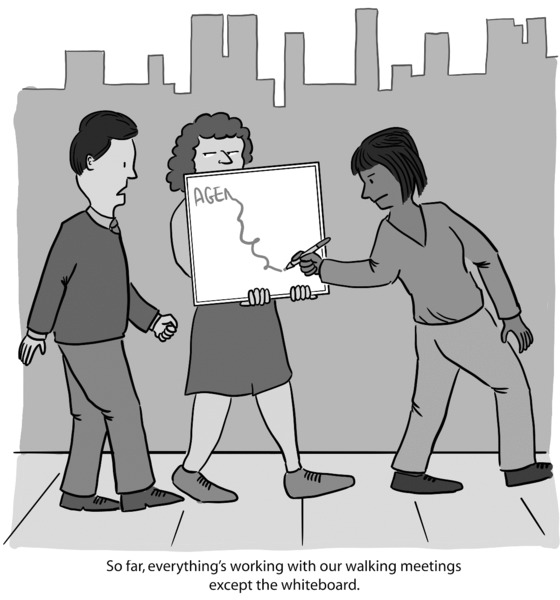Chapter 8 The Processes: Well-Being in the Workplace

Workflows
There is no single right way to work, but there are many ways to work badly, and almost all of them can be avoided. Laying out specific ground rules for how and when to work and how and when not to work is a start to managing your organization’s workflows. For example, constant interruptions from e-mails, phone calls, and office drop-ins can be disruptive to focus and stressful. Supporting work processes that protect staff from unnecessary intrusions in their workday can relieve that stress.
Kat Morgan, a consultant who has worked in social service nonprofits, worked for one organization where staff members were encouraged to block out chunks of time in their calendars to focus on projects such as report writing, planning, follow-up, and curriculum development. “[We] had explicit support and permission to only answer e-mail during specific times each day. There was an expectation that appointments were the preferred way to discuss things with colleagues and interrupting each other by dropping by was discouraged.”
The way work tasks are assigned to staff can also create stress, but that, too, can be addressed. When Morgan worked for a shelter, the hotline—a program of a larger agency—was run by only a handful of shelter staff. Morgan expanded the hotline to make it a responsibility of all agency staff:
Once it ...
Get The Happy, Healthy Nonprofit now with the O’Reilly learning platform.
O’Reilly members experience books, live events, courses curated by job role, and more from O’Reilly and nearly 200 top publishers.

